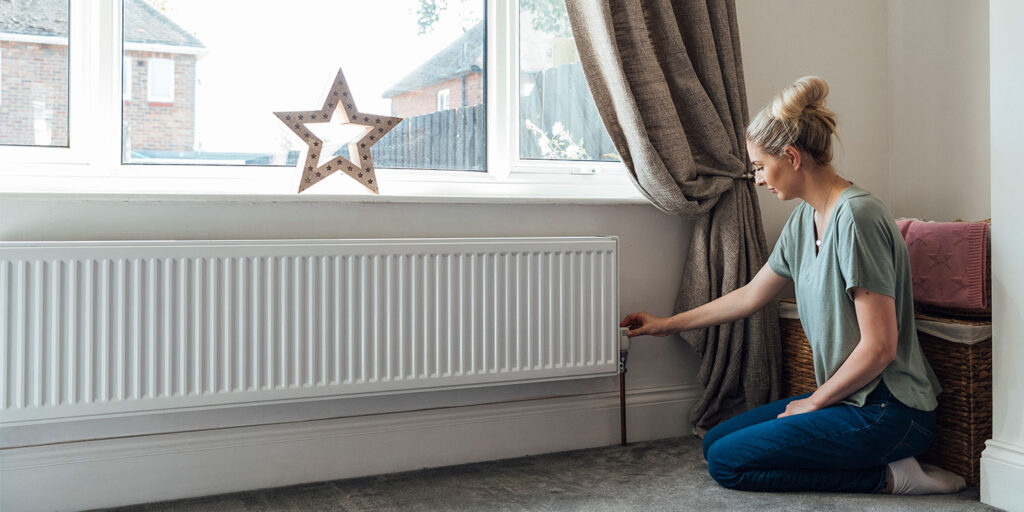Introduction
Keeping your home warm and energy-efficient is more important than ever in 2025. With rising energy costs, homeowners across the UK are looking for smarter ways to save money and reduce wasted energy. The ECO4 scheme was designed to help households upgrade to greener, more efficient heating systems. But did you know that even after installing a new A-rated boiler, your heating may still underperform if your radiators are not properly balanced?
This is where the 12-degree rule in radiator balancing comes in. It ensures that your central heating system works at peak efficiency, giving you both comfort and lower bills.
What Is Radiator Balancing?
Radiator balancing is the process of adjusting your heating system so that all radiators in the home receive the right amount of hot water.
- Balancing vs. Bleeding:
- Bleeding removes trapped air.
- Balancing adjusts water flow so every radiator heats evenly.
If your living room feels toasty but your bedroom stays cold, it’s likely your radiators need balancing.
The 12-Degree Rule Explained
When we talk about radiator balancing, the 12-degree rule is key. It refers to the temperature difference between the water entering the radiator (flow) and the water leaving it (return).
- Ideal difference: 12°C.
- Example: If hot water enters at 70°C, it should leave at around 58°C.
This ensures radiators give out maximum heat without overloading your boiler.
Why the 12-Degree Drop Matters for ECO4 Heating Efficiency
Balancing radiators according to the 12-degree rule is crucial for efficiency. Here’s why:
- Maximum Boiler Efficiency – Your new ECO4-funded boiler works best when radiators are balanced.
- Even Heat Distribution – Every room warms up at the same speed.
- Lower Energy Bills – No wasted energy, so you pay less.
- Supports ECO4 Goals – Reduces household carbon emissions.
Signs Your Radiators Need Balancing
If your home shows these signs, radiator balancing is overdue:
- Some rooms are colder than others.
- Radiators take too long to heat.
- The boiler seems to run constantly.
- Energy bills are higher than expected.
How Balancing Is Done (Step by Step)
Heating engineers usually follow these steps:
- Measure boiler flow and return temperatures.
- Adjust each radiator’s lockshield valve to control water flow.
- Use thermometers to confirm a 12°C difference.
- Check all radiators heat evenly after adjustments.
When installed under ECO4, professional engineers ensure your radiators are balanced as part of the upgrade.
ECO4 Scheme and Radiator Balancing
The ECO4 free boiler scheme isn’t just about replacing old boilers—it’s about improving overall home heating efficiency. That’s why radiator balancing is often carried out alongside installations.
Benefits include:
- Improved EPC rating (Energy Performance Certificate).
- Lower long-term heating costs.
- Compliance with government energy-saving standards.
Benefits of Radiator Balancing Under ECO4
- Save up to 15% on heating bills.
- Consistent warmth throughout the house.
- Prolongs boiler lifespan.
- Reduces carbon footprint, helping the UK meet net-zero targets.
Frequently Asked Questions
Find answers to commonly asked questions about our products and services.
